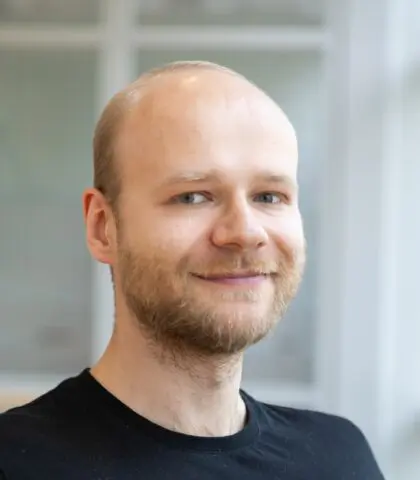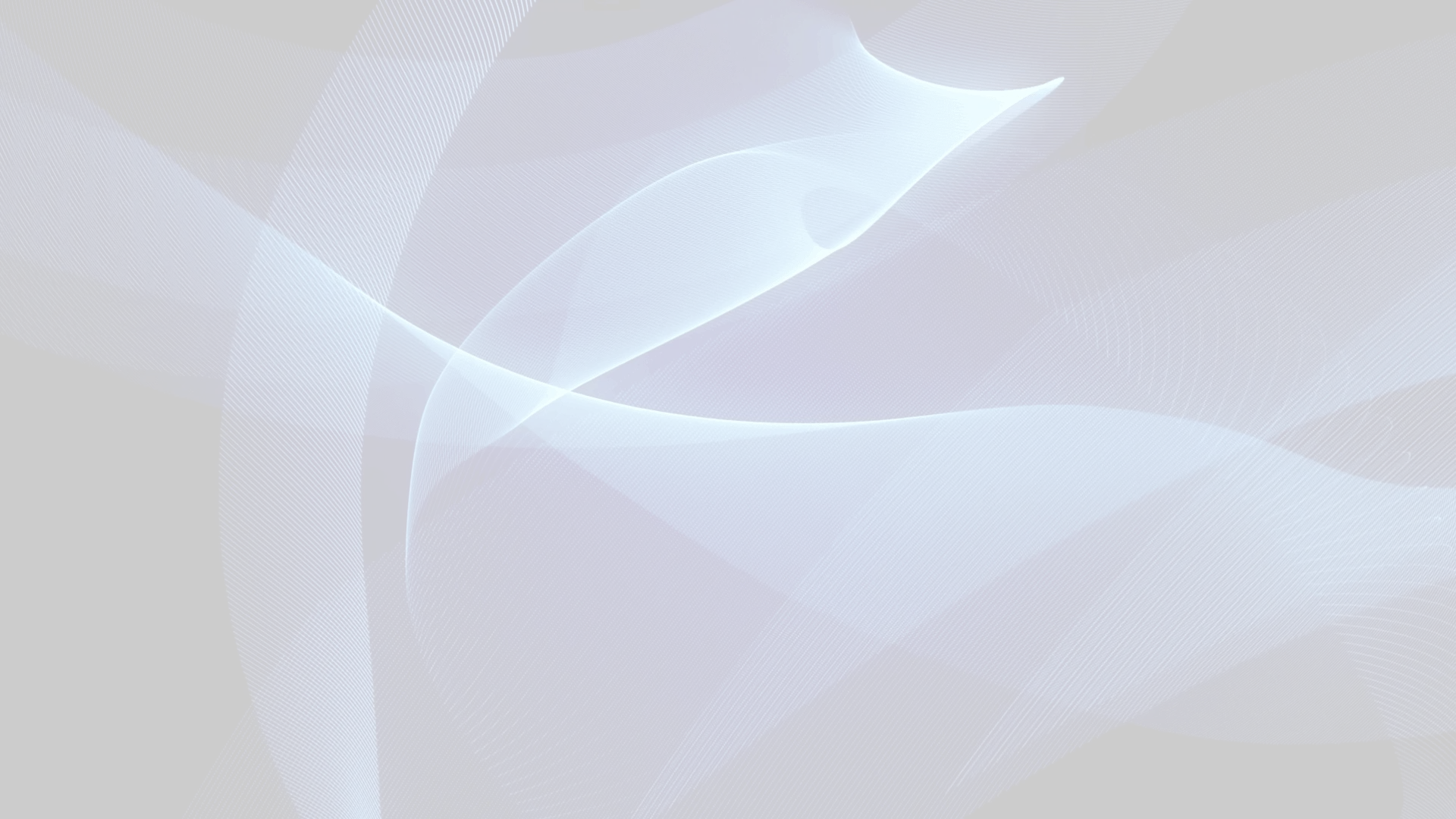ERC Starting Grant – Circular phonons and magnetism
Project informatie
| Label | Content |
|---|---|
| Onderzoeksgroepen | Condensed Matter Physics |
| Duratie | January 2024 – December 2028 |
| Project type | Onderzoek |
Digital information plays a central role in modern society. Within hard-disk-drives, data is most commonly encoded in the form of “bits” with magnetization pointing either up or down (corresponding to ones or zeros). To therefore write data, one needs to switch these magnetic bits from one polarity to the other, most commonly achieved using a localized magnetic field. However, data centers are now struggling to cope with the already-enormous and exponentially-growing amounts of data in the world. There is therefore a very pressing need to develop faster approaches for reversing magnetization with much better energy-efficiency. The HANDSHAKE project aims to reveal a radically new method for selectively switching magnetic bits, based on “shaking” the crystal lattice with specific “handedness”.
Davies: “This idea is based on the fact that the crystal lattice – a geometrical network of different elements found in all condensed matter – has many different frequencies of resonance, corresponding to so-called optical phonons. Moreover, these phonons can correspond to lattice vibrations that have a net circularity. By therefore driving these circularly-polarized phonons at resonance, we hope these phonons can create or interact with magnetization. The dream would be that we can excite these phonons with enough strength so they could even switch magnetization from one polarity to another.”
To achieve these goals, HANDSHAKE relies on the infrared pulses delivered by the free-electron lasers. These narrowband optical pulses can be tuned in wavelength to drive specific phonons at resonance to very high amplitude. At the same time, the project uses synchronized table-top lasers to measure the resulting creation, deflection or switching of magnetization.
While these challenging experiments explore largely-uncharted physics, they could reveal a new tool that allows for highly-efficient, ultrafast and directional switching of magnetization.
Projectleden

Dr. Carl Davies
Meer info over Carl

Dr. Tomasz Zalewski
Meer info over Tomasz
 Naar de hoofdinhoud
Naar de navigatie
Naar de hoofdinhoud
Naar de navigatie
